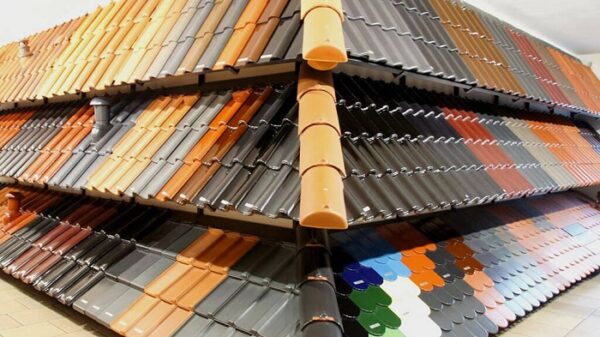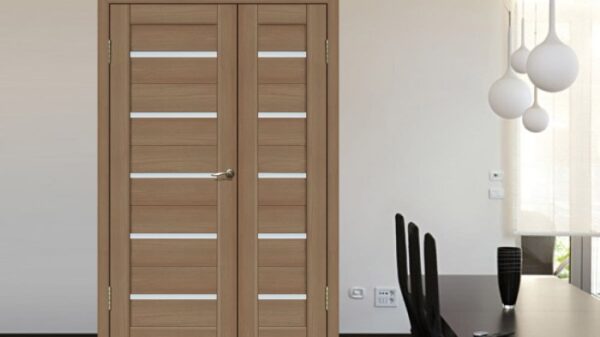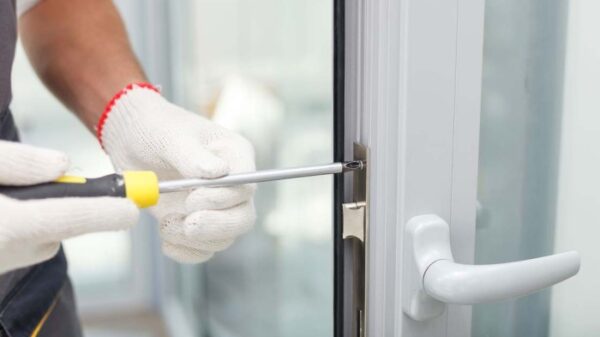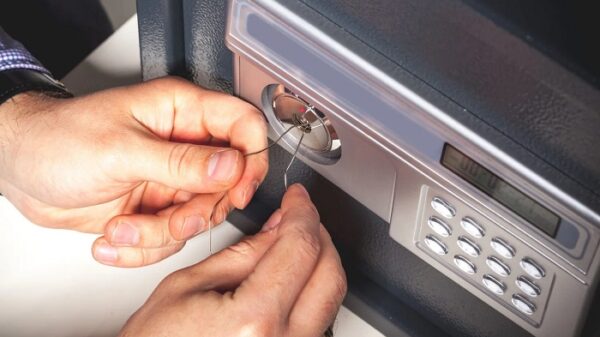Sooner or later, we all have to deal with a situation where it is necessary to change the outlet. This is done either during repairs, or when the socket falls out of the mounting socket or the edges of the inlet holes are melted. Someone immediately turns to electricians, while someone does everything himself. Below we will tell you how to change the outlet yourself, protecting yourself from the unpleasant consequences of improper operation of electrical appliances..
First, make sure there is no voltage at the outlet. Then arm yourself with wire cutters or pliers, screwdrivers and a knife and get to work.
Unscrew the two side or center screws on the front panel and carefully remove the top. Loosen the fixing bolts or screws of the spacer plates that hold the socket, then remove the socket, unscrew the screws that secure the current-carrying conductors, and remove the faulty mechanism.
Next, you need to put the ends of the wires into the terminals of the new outlet and fasten them tightly with screws to prevent overheating and burning of the outlet and plug of the electrical appliance. Keep in mind that usually the phase wire has a black or brown insulating coating, the working wire is blue, and the ground wire is yellow-green..
Lay the wires carefully, sink the socket into the socket and start alternately screwing in the screws of the spacer plates — this allows the socket to sit firmly in the socket. Then screw on the fixing screws, install and secure the top cover of the socket. Finally, turn on the power and check for current and operation of the new outlet.
If you need to replace a double socket, then the replacement process differs only in that in this case a parallel connection of the sockets is made in the box. If it becomes necessary to connect the wires remaining from the old socket, then the phase and neutral wires are connected in pairs.
And the last thing. When purchasing an outlet, consider the voltage and current limits that are usually marked on the case, which is made of ceramic. In addition, pay attention to the inputs — they must comply with European standards so that there are no problems when connecting devices from foreign manufacturers..






